Gerhard Richter: Master of Illusion and Materiality

Gerhard Richter is regarded as one of the most influential contemporary artists, known for his exceptional ability to blur the lines between the representational and the abstract, the photographic and the painterly. Born on February 9, 1932, in Dresden, Germany, Richter's oeuvre is a testament to the complexities of perceptual experience and the transformation of visual realities.
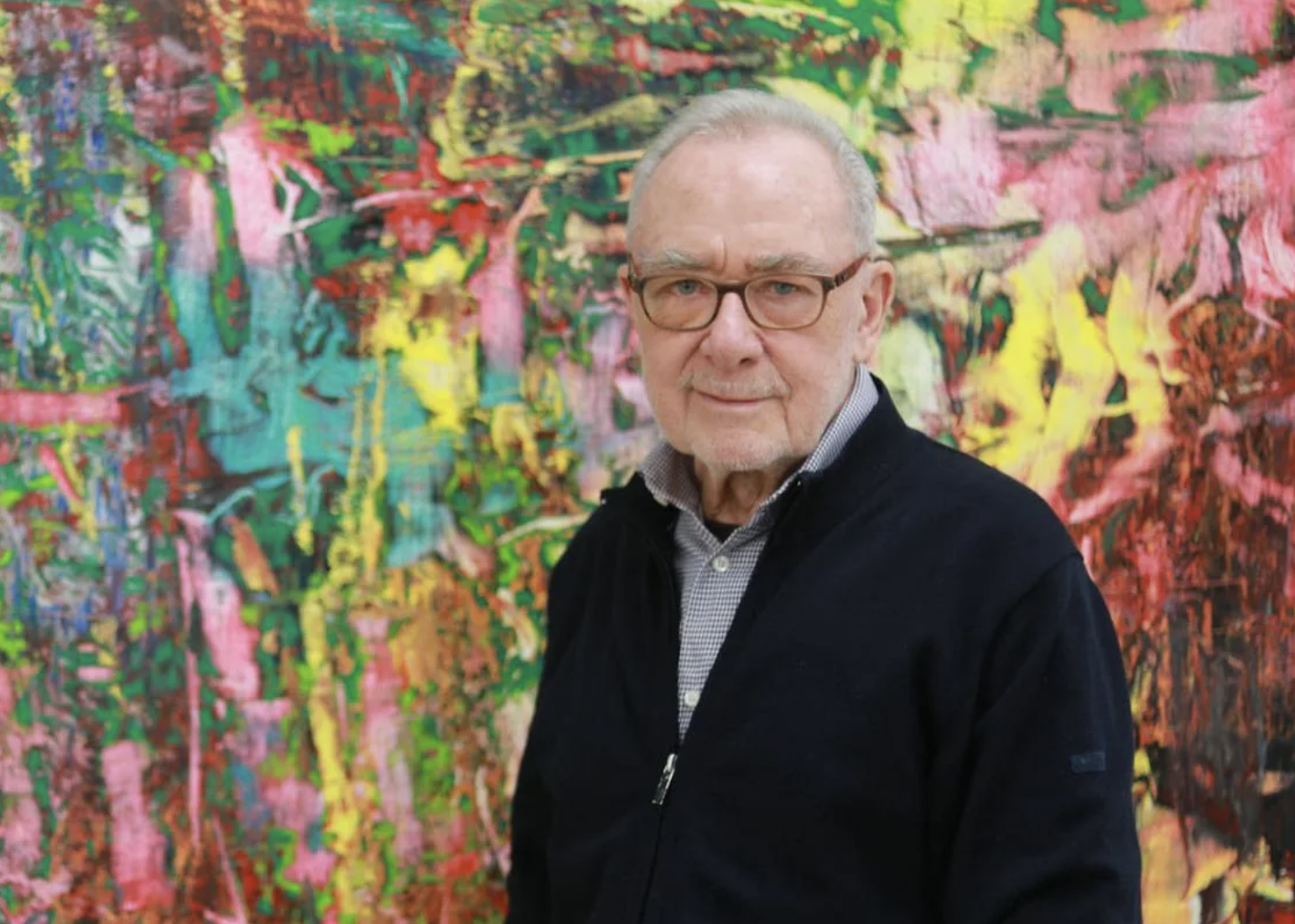
Throughout his artistic journey, Richter demonstrated an extraordinary versatility, shifting from figurative paintings to color charts, from realist landscapes to abstract squeegee work. It is this refusal to be categorized, along with his constant innovation, that has kept Richter's work at the forefront of contemporary art discourse.
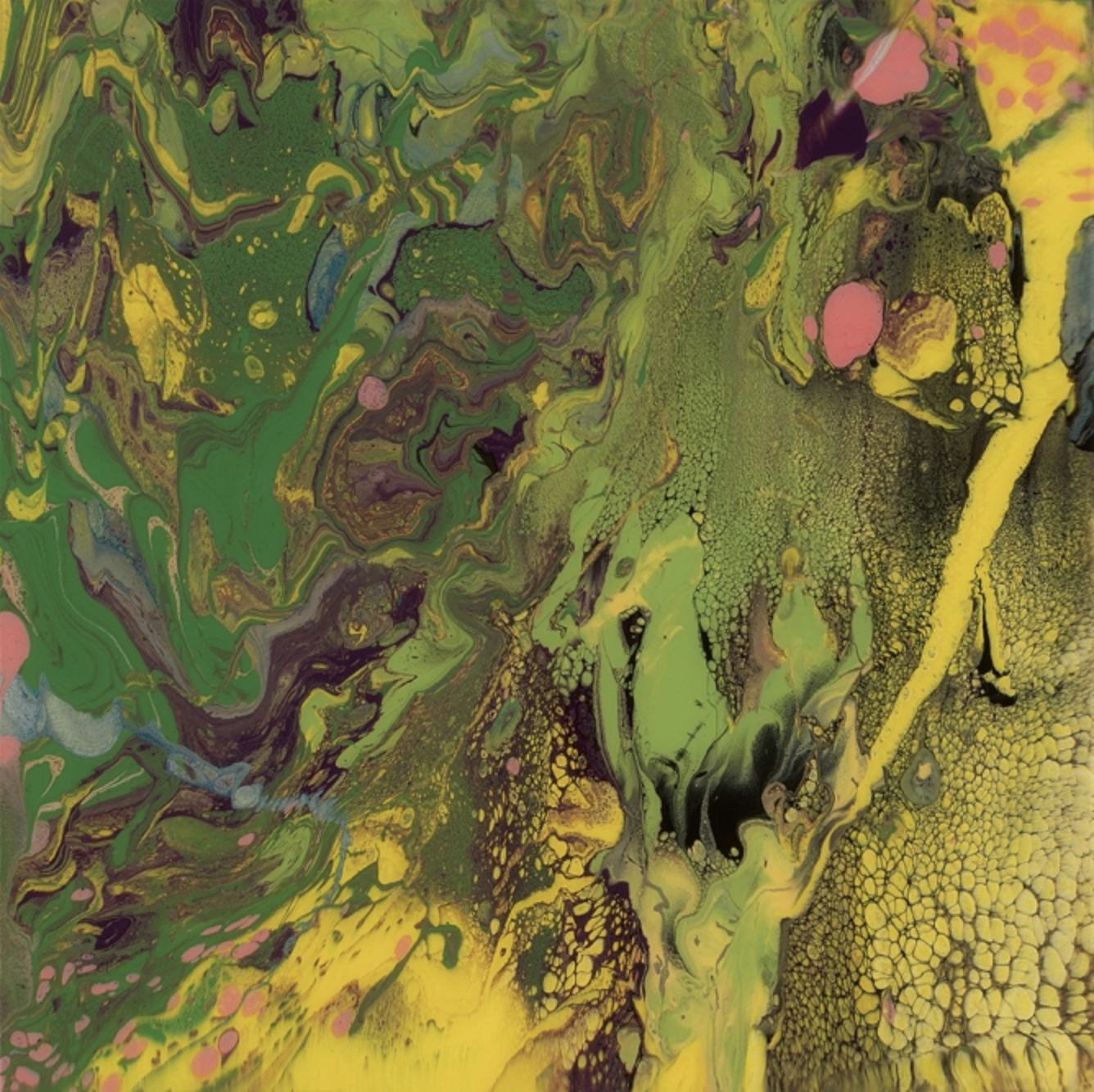
Richter's early life in East Germany, his relocation to West Germany in 1961, and his experiences of a postwar, divided nation deeply shaped his approach to artmaking. He initially trained at the Dresden Academy of Fine Arts, an education grounded in socialist realism. However, exposure to the Western avant-garde upon moving to Düsseldorf prompted a seismic shift in his perspective. Enrolling at the Düsseldorf Art Academy, he soon became associated with a group of artists known as Capitalist Realists, who examined and critiqued the burgeoning consumer culture of West Germany.
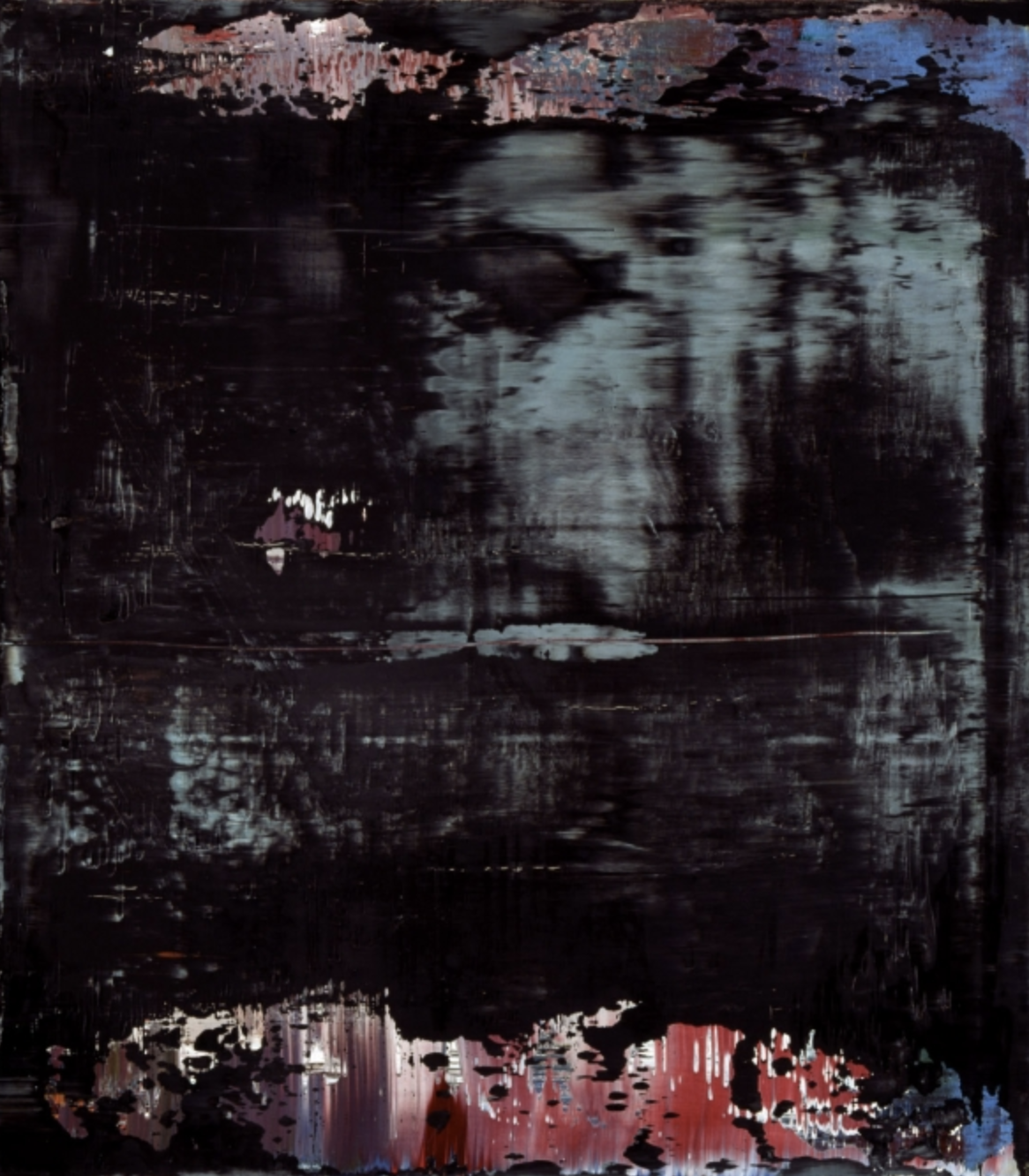
One of Richter's hallmark techniques emerged in the 1960s with his photo-paintings, where he took cues from photographs, blurring them with a brush to create a sense of movement and unsettlement. These paintings challenged the medium's representational nature, questioning the truth and objectivity associated with photography and exploring the intricate dance between reality and its artistic depiction.
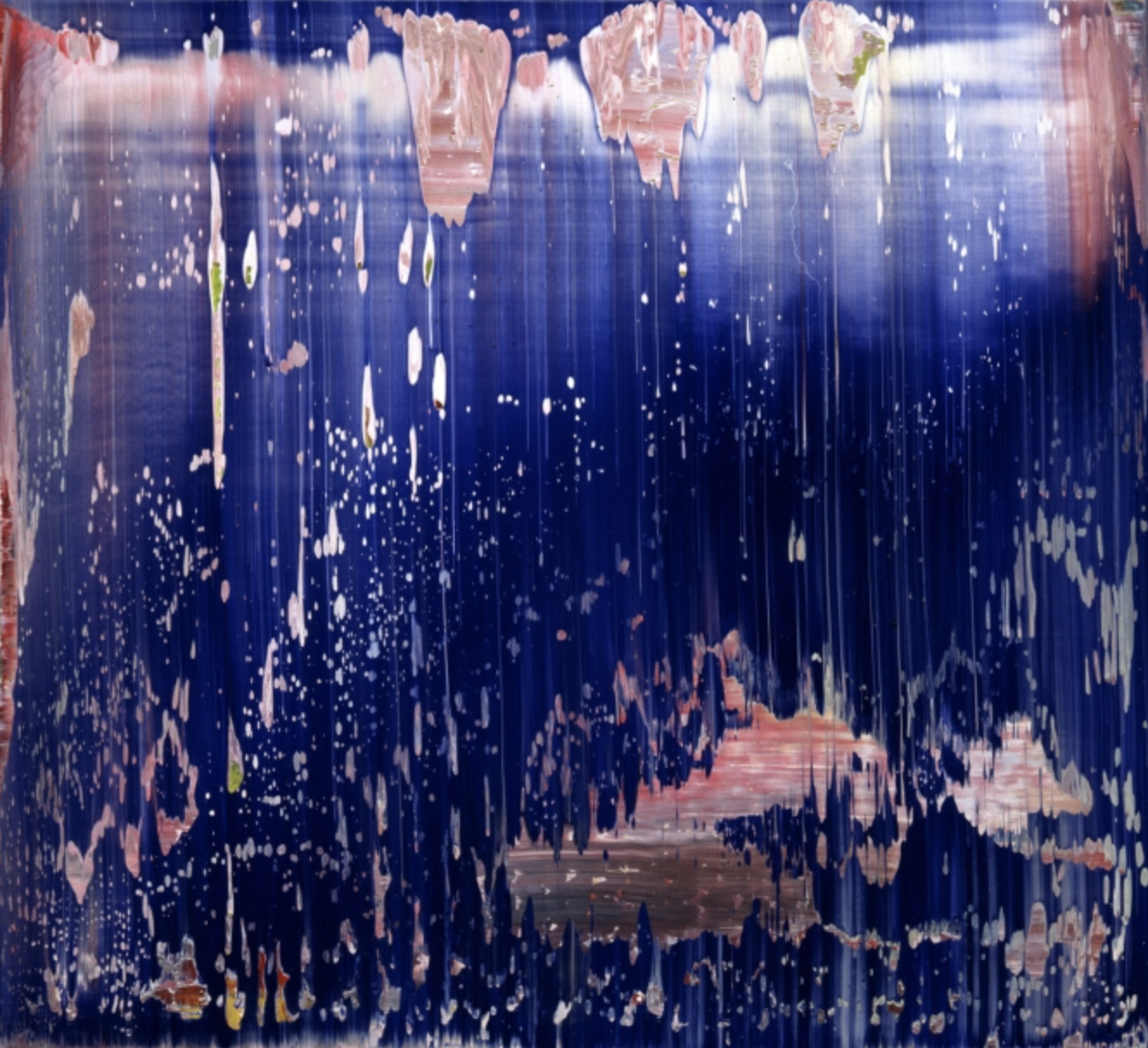
In the 1970s, Richter began experimenting with glass and mirrors, materials that further interrogated the concepts of perception and illusion, engaging viewers in a literal and metaphorical reflection on seeing. His series of color charts and gray paintings also emerged during this time, signaling his expansive exploration into color theory and monochrome painting.
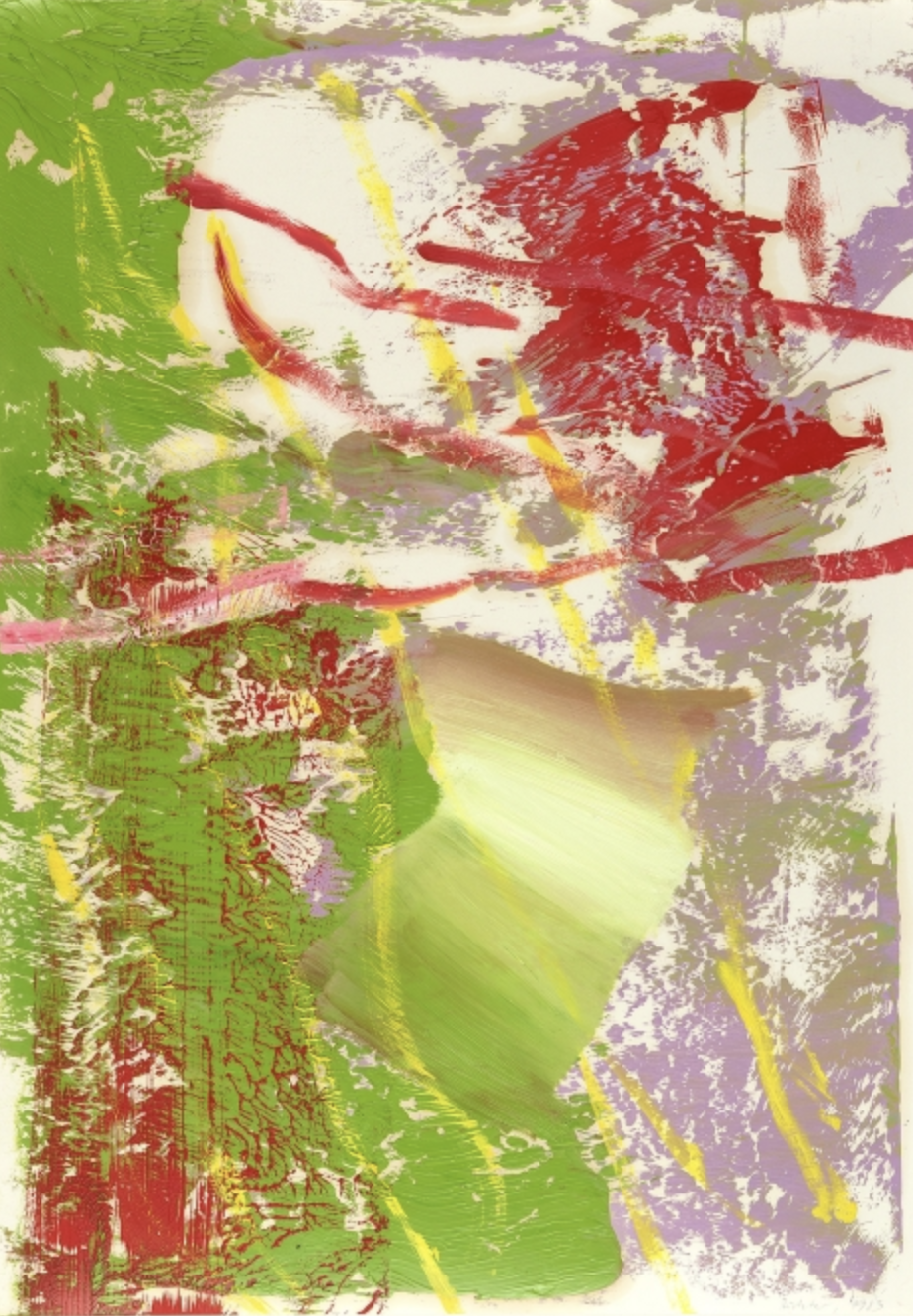
The 1980s marked a period of intense productivity and diversity in Richter's work. His abstract paintings, created with a squeegee to drag layers of paint across the canvas, both conceal and reveal colors and forms, attaining a level of complexity and depth that remains unrivaled. These abstracts unpack the materiality of paint, its tactile presence, and the role of chance within artistic creation.

Richter's retrospective efforts, such as "Atlas," a collection of photographs, sketches, and collages, catalog the influences and interests that underpin his artistic ventures and underscore his unwavering commitment to exploring the potential of visual art.
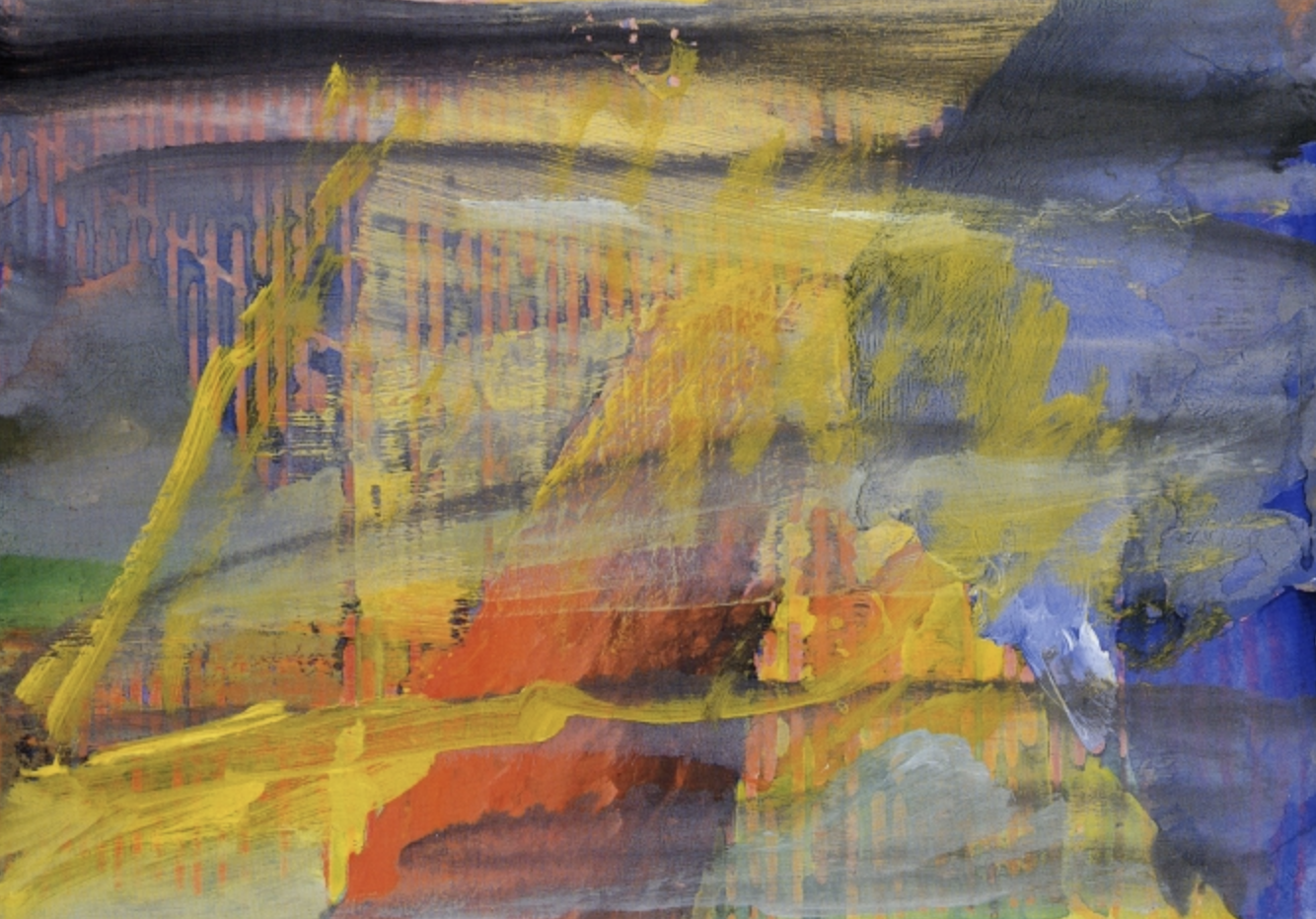
Through decades of shifting art trends, Richter has never remained stagnant, continually questioning and reinventing his practice. His work defies simple categorization, reflecting the artist’s personal doctrine that "style is violence" and his rejection of adherence to any singular artistic movement or ideology.
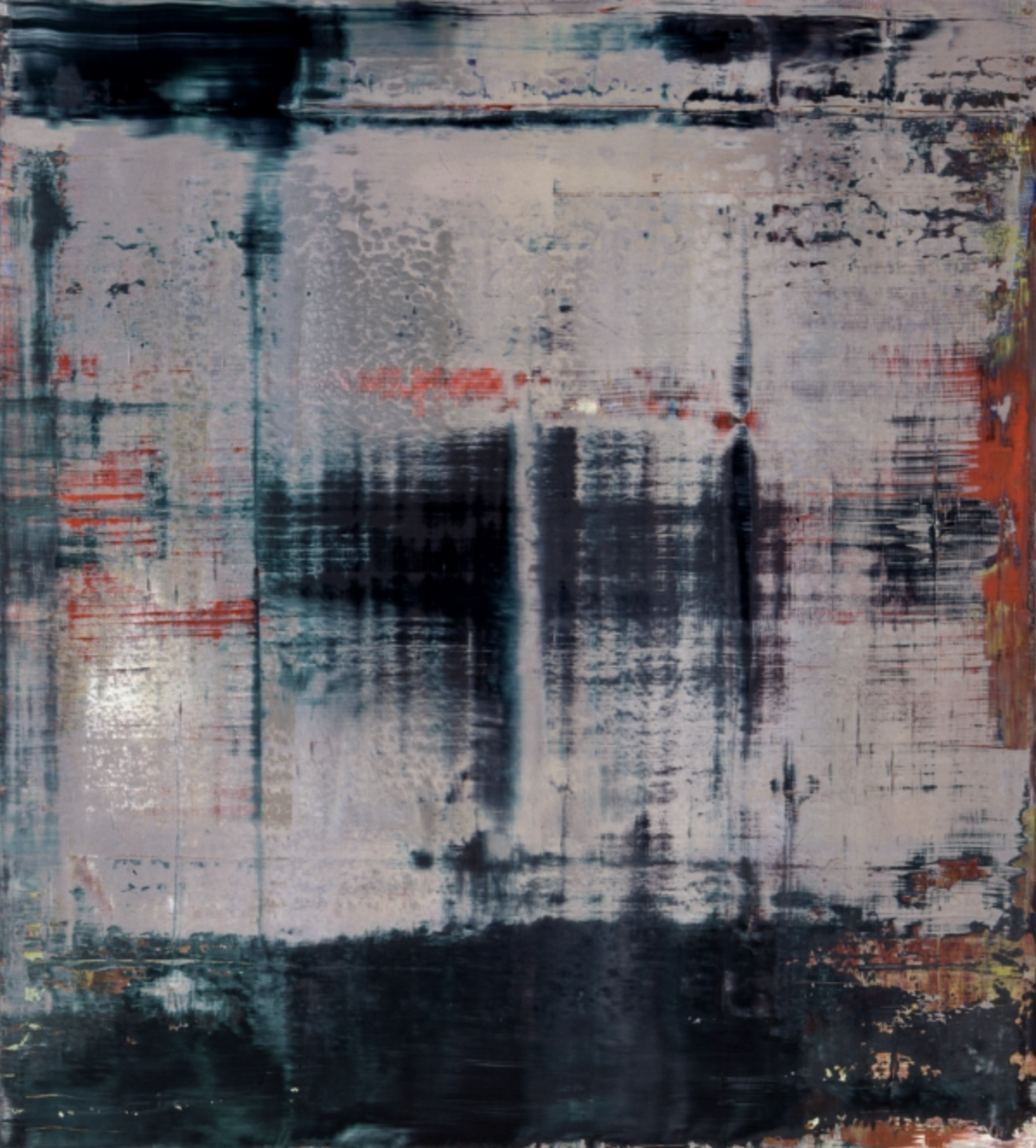
Richter's influence extends beyond his paintings. He has engaged with installations, sculpture, and even design, leaving an indelible mark on diverse facets of the art world. His impressive body of work has been honored with numerous awards and retrospectives, and his pieces are held in major collections worldwide, including the Museum of Modern Art in New York and the Tate Modern in London.
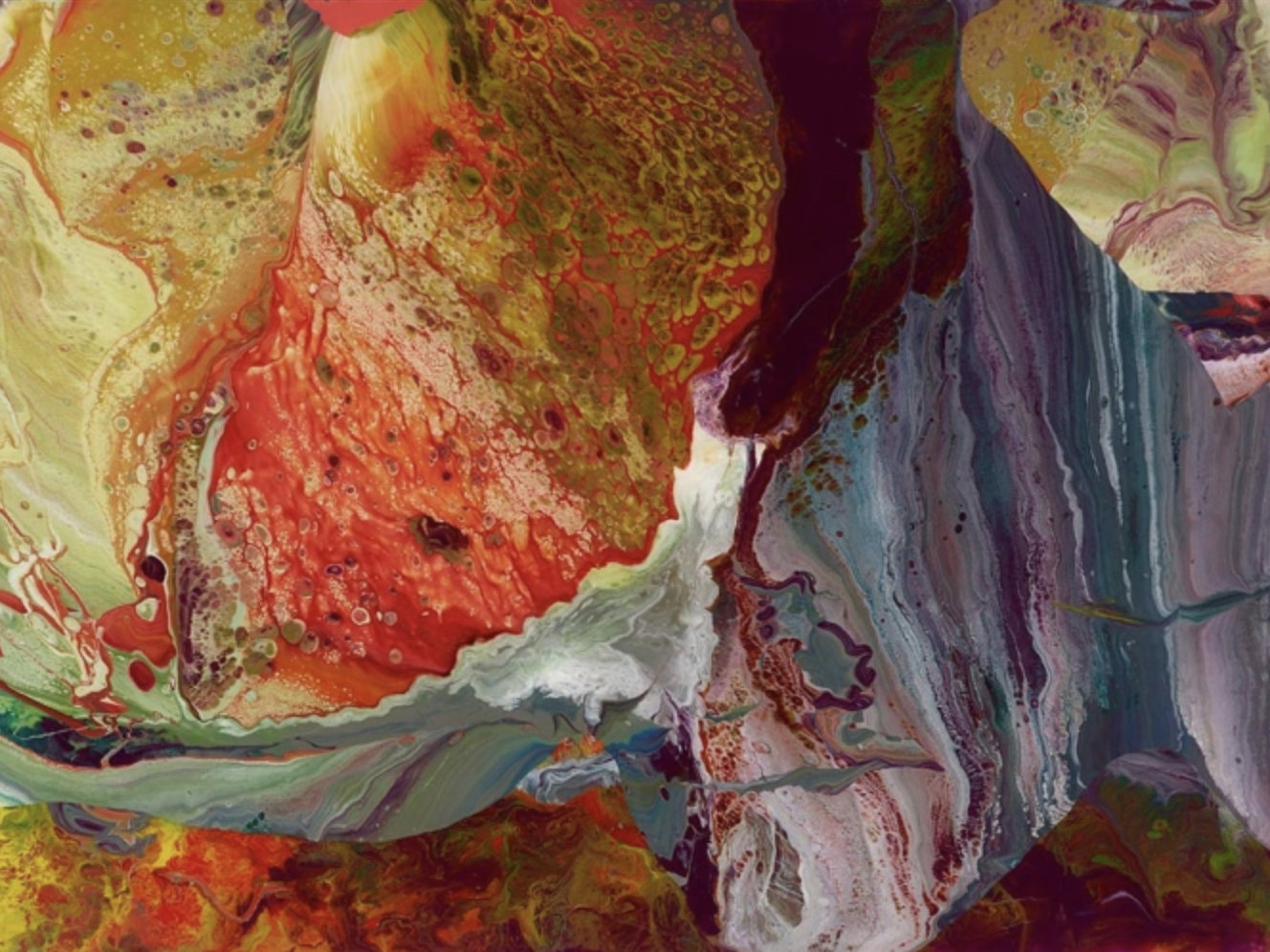
Gerhard Richter stands as a towering figure in the pantheon of modern art, revered for his technical prowess and his philosophical engagement with the nature of representation, the role of the artist, and the endless possibilities within the practice of painting. At the intersection of illusion and materiality, Richter's work continues to evoke a sense of wonder and encourages a deep, contemplative engagement with the world as seen through the prismatic lens of art.